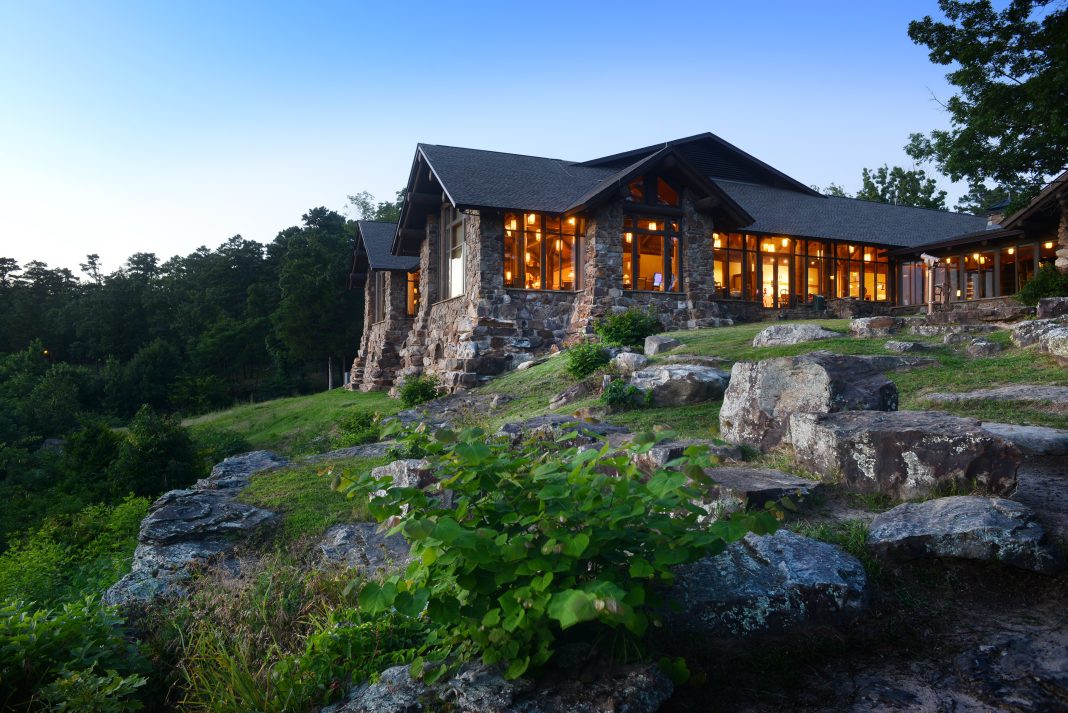By Dr. Curtis Varnell
The view spread for miles, encompassing much of the Arkansas River valley as well as exposing the forested slopes of the distant Ozark mountains. Standing at the overlook on the west end of Petit Jean, one can look east up the river canyon that bisects much of the mountain and hear the distant thunder of the water as it tumbles over Cedar falls. The first state park in the Arkansas system is an awesome place to visit and is full of natural wonders, historic sites, and even romantic stories that exceed those in soap operas.
Geologic sites include a large natural bridge, hidden grottos, numerous springs, fossils, and a large waterfall. Rock House cave, a large indentation in the sandstone cliff a hundred or more foot above the falls, contains pictographs drawn by Native Americans over two centuries before. Easy to pick out on the sandstone roof of the cave, one can detect paddle fish, native headdresses, and even some serious doodling. Exiting back up the trail, one discovers turtle rocks; huge mounds of sandstone that resemble herds of huge turtles scrambling up the slopes.
Petit Jean became a state park through the work of Thomas Hardison, a lumber company employee who saw the potential of using the natural beauty of the area to attract tourist and to preserve nature. He convinced the Fort Smith Lumber Company to donate the land for public use. Failing in an attempt to have it declared a National Park, in 1923 he convinced the state legislature to set aside the land as the first state park.
Early development of the park was done by the Civilian Conservation (CCC) during their years of operation in the 1930’s. It was during this time that the historic Mather Lodge, named for a director of the National Park system, was built. The majestic and beautiful building and guest facility still stands and is listed on the National Register of Historic Places. Sitting in the large dining room of the restaurant and enjoying a meal while looking out over surrounding cliffs and valleys is a treat all Arkansans should enjoy.
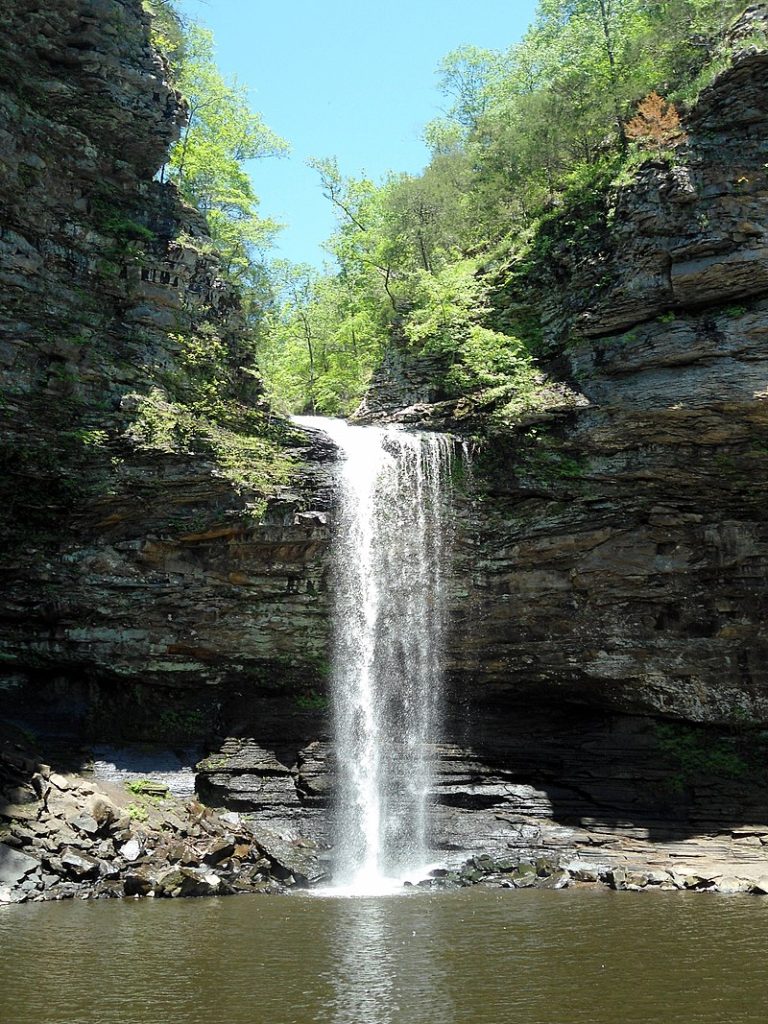
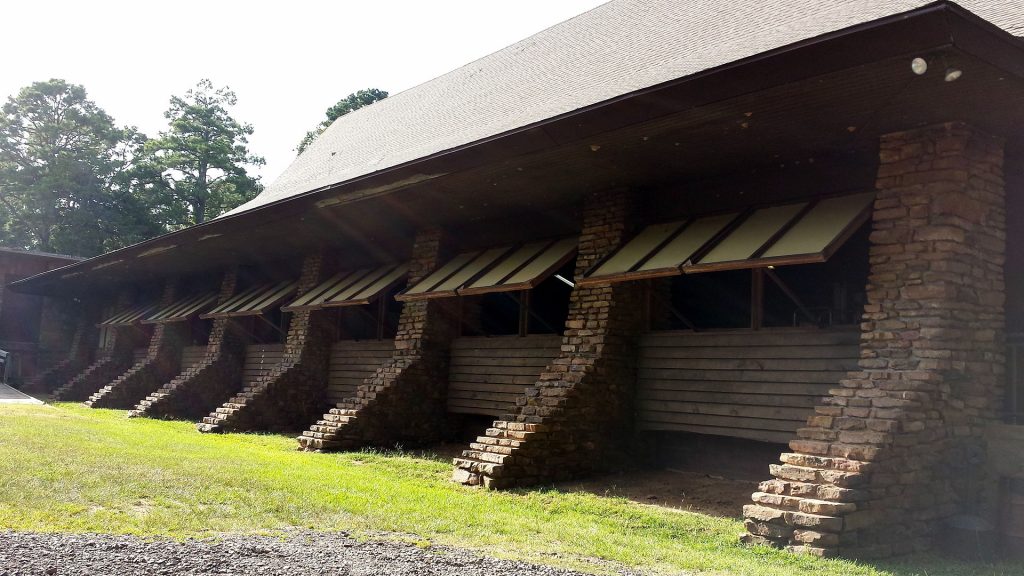
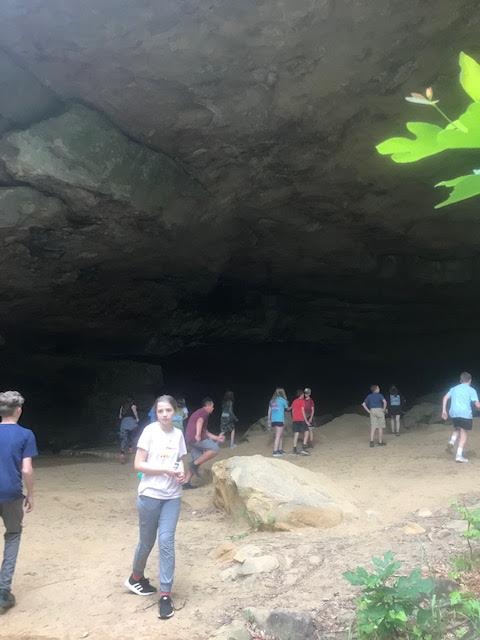
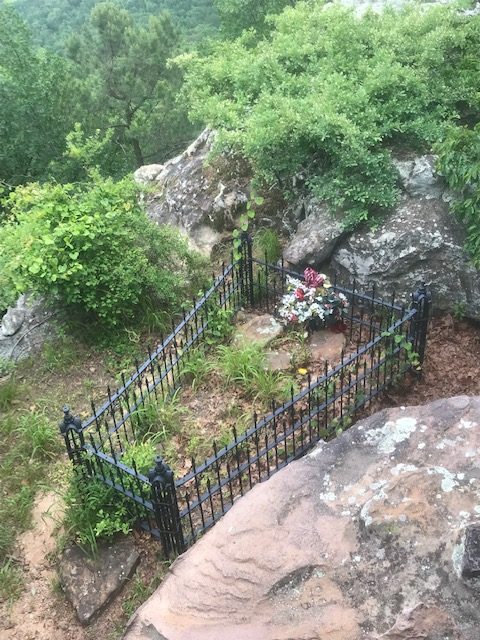
The CCC constructed bridges, roads, a dam creating a lake, and a number of trails used by the public. The trail to Cedar Falls and Seven Hollows are some of the most visited natural sites in the state.
Historically, few people lived on Petit Jean Mountain until the late 1800’s but the surrounding river valley hosted a large number of Indian villages. The Arkansas Archeological Society has collected extensive number of pots, jewelry, and other items from the region. Other pictographs are found in the scattered caves dotting the mountain. For other history buffs, the Museum of Automobiles and Rockefeller Farm can be found on the mountain top.
The most intriguing story is the story of how the mountain got its name. According to legend, the story began in the early 1700’s when a young French noble by the name of Chavet received permission to explore a part of the Louisiana Territory. Chavet was engaged to a young French lady by the name of Adrienne Dumont. When she was informed of his plans, she disguised herself as a common sailor and joined the expedition. Known as Petite Jean (Little John) by her colleagues, her identity remained secret throughout the journey. The group eventually made their way up the Mississippi and into the Arkansas River. Arriving in the area of present day Morrilton, they were greeted by a group of friendly natives who invited them to spend the summer away from the malarial swamps of the river by joining them on the top of the nearby
mountain. During the course of the stay, young Dumont became extremely ill. While being cared for, her secret identity was discovered. Unable to survive the illness, she was buried on the eastern most peak of the mountain and the mountain was named Petit Jean in her honor.
Whether for history, natural beauty, or just as a romantic place to get away for a few days, Petit Jean is the great place to visit.



